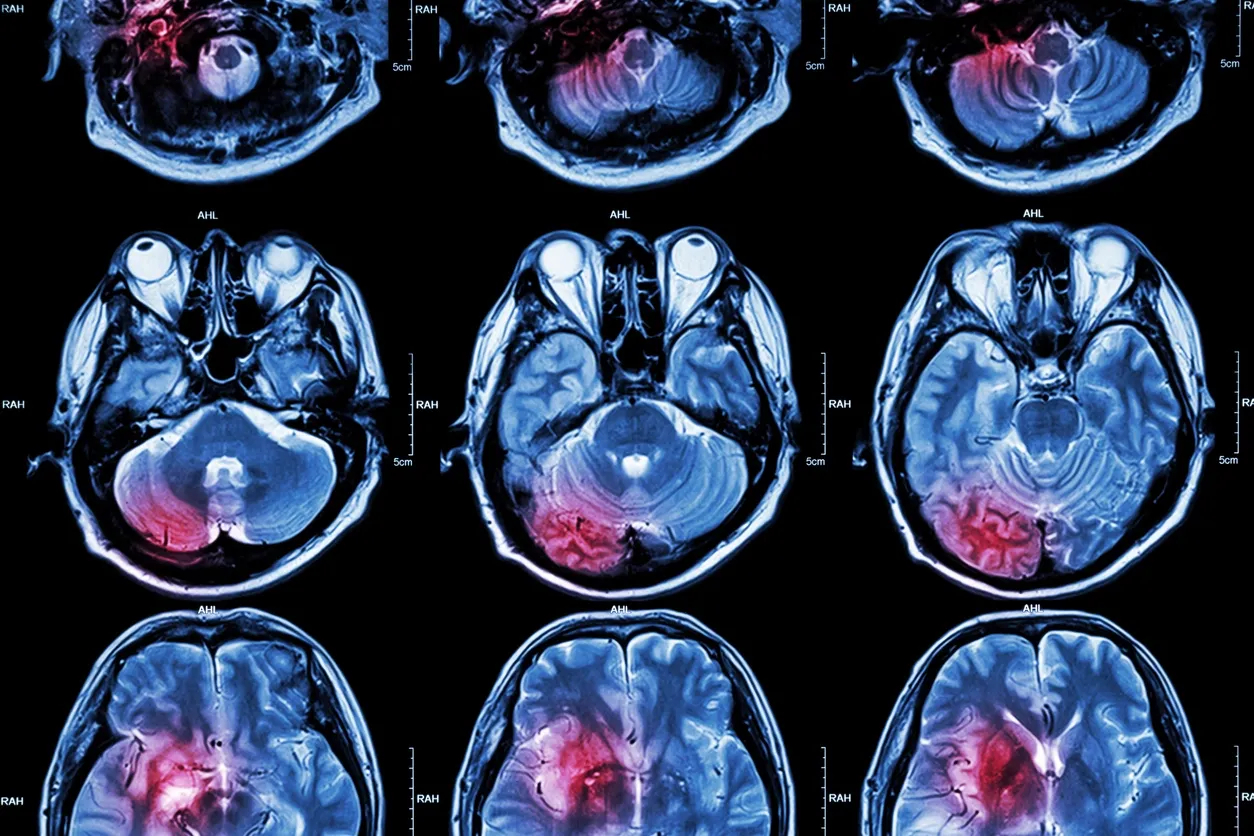Stroke and Hyperbaric Oxygen Therapy
A stroke is an episode in which a blockage occurs anywhere within the brain, cutting off blood, oxygen, and nutrient supply for over one minute. Sometimes, strokes can last for days. If left untreated, a stroke can kill a patient quickly; unfortunately, some patients may still die within a year or longer from the lingering effects of the stroke event.
There are 3 types of strokes: ischemic, hemorrhagic, and transient ischemic stroke (TIA).
An ischemic stroke, which is the most common type, is caused by a blocked or narrowed artery. This narrowing or blockage can be caused for fat deposits or a blood clot. When this occurs, blood flow is greatly decreased to the area of the brain that is fed by the affected artery. Since blood is responsible for carrying the majority of oxygen, the brain tissue may become hypoxic quickly and lose its ability to function.
A hemorrhagic stroke occurs when a blood vessel within the brain ruptures, causing hypoxia to the affected area of the brain as well as damage to the areas where uncontrolled bleeding occurs.
A TIA, or transient ischemic stroke, can be referred to as a “mini stroke” and is often a red flag warning of an impending ischemic stroke. During a TIA, blood flow is blocked temporarily, usually no longer than five minutes. A patient may experience multiple TIAs over an extended period of time before experiencing a full ischemic stroke.
If a patient is treated quickly for the acute stroke event and the immediate threat of blood loss, there may still be long-term damage done to the affected area of the brain. Depending on where the stroke occurred, the patient may experience a complete or partial loss of function to their limbs, cognition or both due to leftover inflammation, and lack of oxygen. Some patients may lose the ability to talk, walk, and execute fine motor skills, as well as experience pain or nerve tingling in the affected body parts.
Hyperbaric Oxygen Therapy has been utilized during the emergency phase of strokes, as well as for the long-term damage post-stroke. According to research, in order for a patient to utilize HBOT during a stroke event, they would need to be placed in the chamber within 3-6 hours of the initial injury. The pressurized oxygen can reduce the inflammation at the source of the bleed. This may also prevent the brain from having any long-term damage due to a lack of further inflammation in the tissues.
If a patient is unable to treat their acute stroke with hyperbaric therapy, they may still see benefits from the modality, even decades after the event. Increased oxygen to the brain may reduce residual neuroinflammation and allow for more blood flow to the damaged tissues. This can lead to partial or full repair of the brain. Research from Dr. Paul Harch and others has shown that there is no time limitation on repairing damaged brain tissue. Patients have reported regaining full mobility and cognition after a series of hyperbaric treatments.

